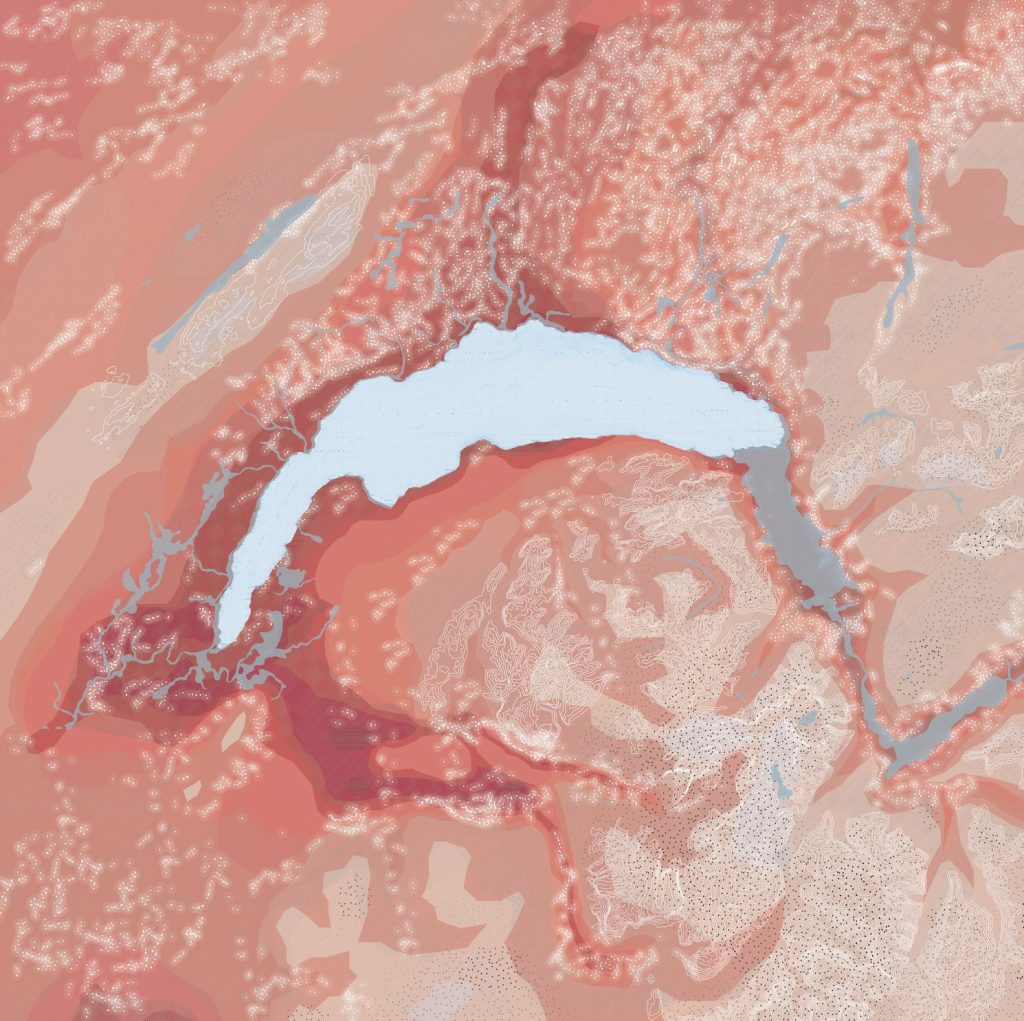
Supervisor: Paola Viganò, Lab-U
Start date: May 2021. Defense date (expected): May 2025
Abstract
Towards an Atlas of the Transition explores the potential of representations to interrogate territorial habitability. Shaking up our gaze, contemporaneity is marked by an incessant complexity: the expression of the territory and its project are challenged by uncertainty. Looking to conceive, drawing to project, the architect-urbanist models space through its representation, accompanying societies in their quest for inhabitation, their being in the world. From now on critical, the habitability as a set of factors, aspires to the control of the world by the technical mastery. This parametric rigidity reveals an anthropocentric vision of the spaces of life to the project of a subject: the Human. Moving away from its origin as the aspiration to a world for tomorrow, the appearance of paradoxical conditions in living spaces testify to the denial of the socio-ecological transition. The research states then the hypothesis of a potential cohabitability, far from a destructive being in the world. This new look requires a systemic understanding of living today to question the how? of a livability tomorrow, reimagining our tools of representations and assemblies, to express welcoming territories all alive. How to reverse the gaze, and its expression, from habitability to cohabitability? The thesis explores the Atlas as a methodological tool to describe the possibilities of an inclusive habitability. Focusing on the Leman lake area, gathering knowledge through visualization as a manual of the gaze, a narrative of the inhabitation for tomorrow will be proposed.